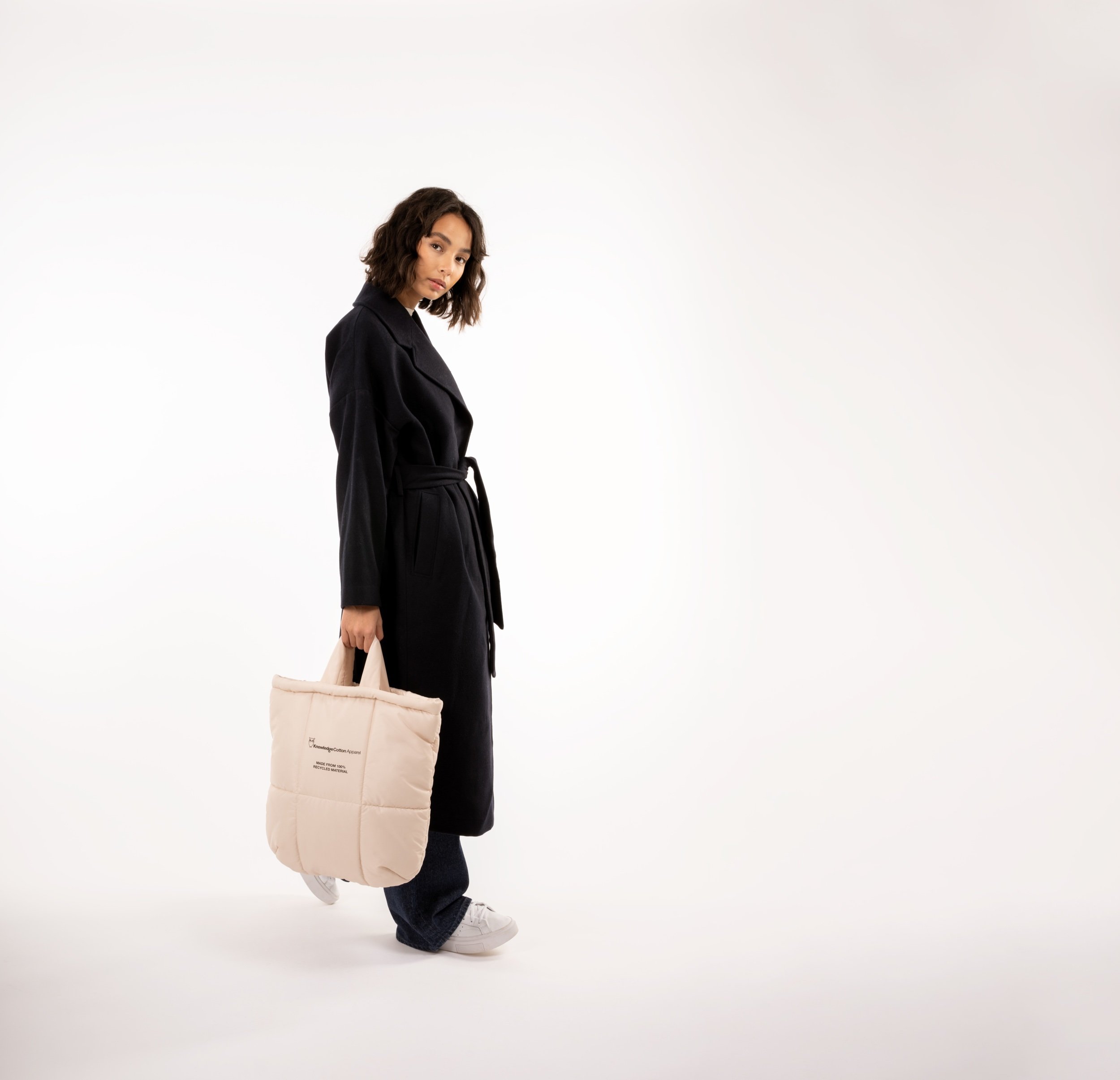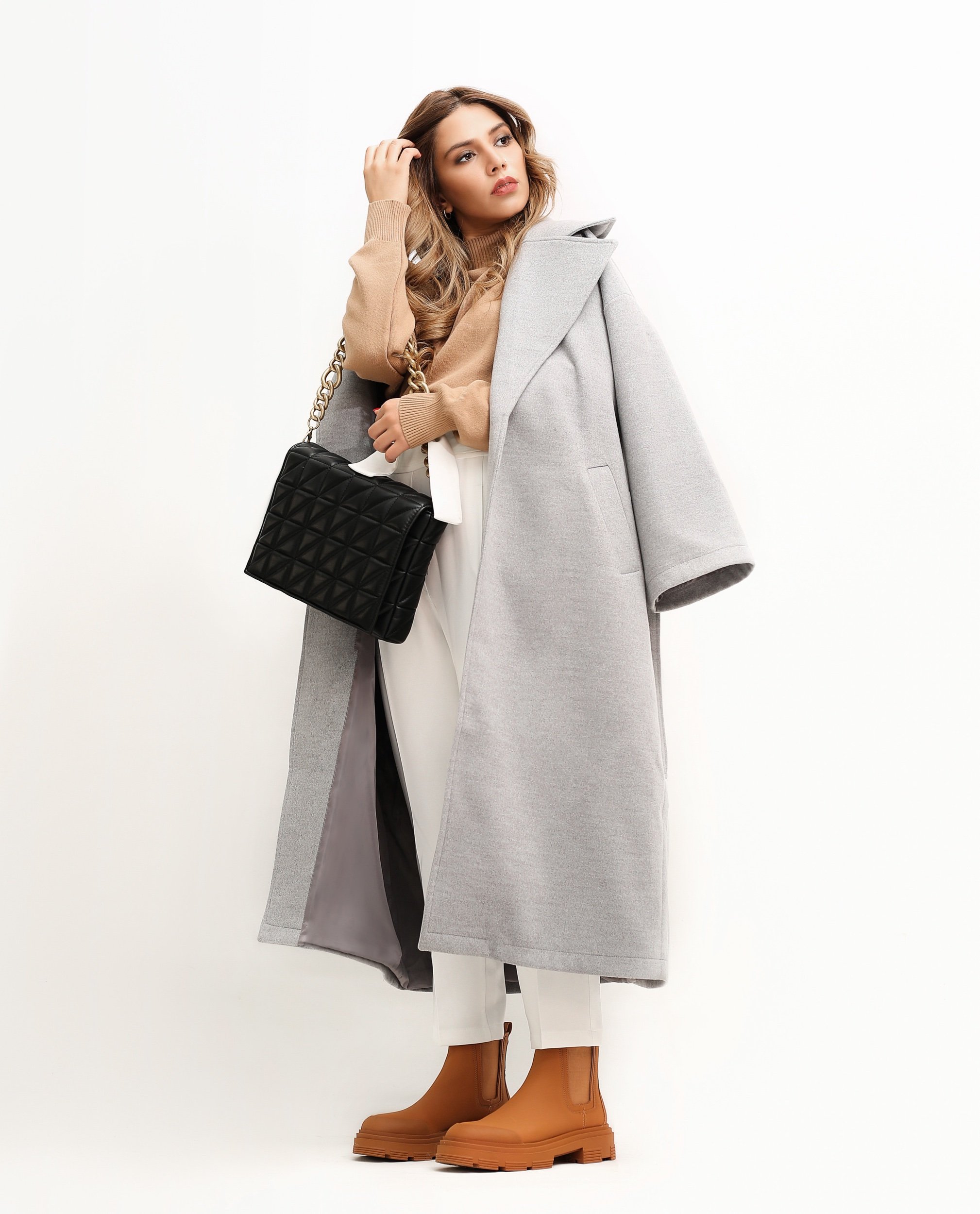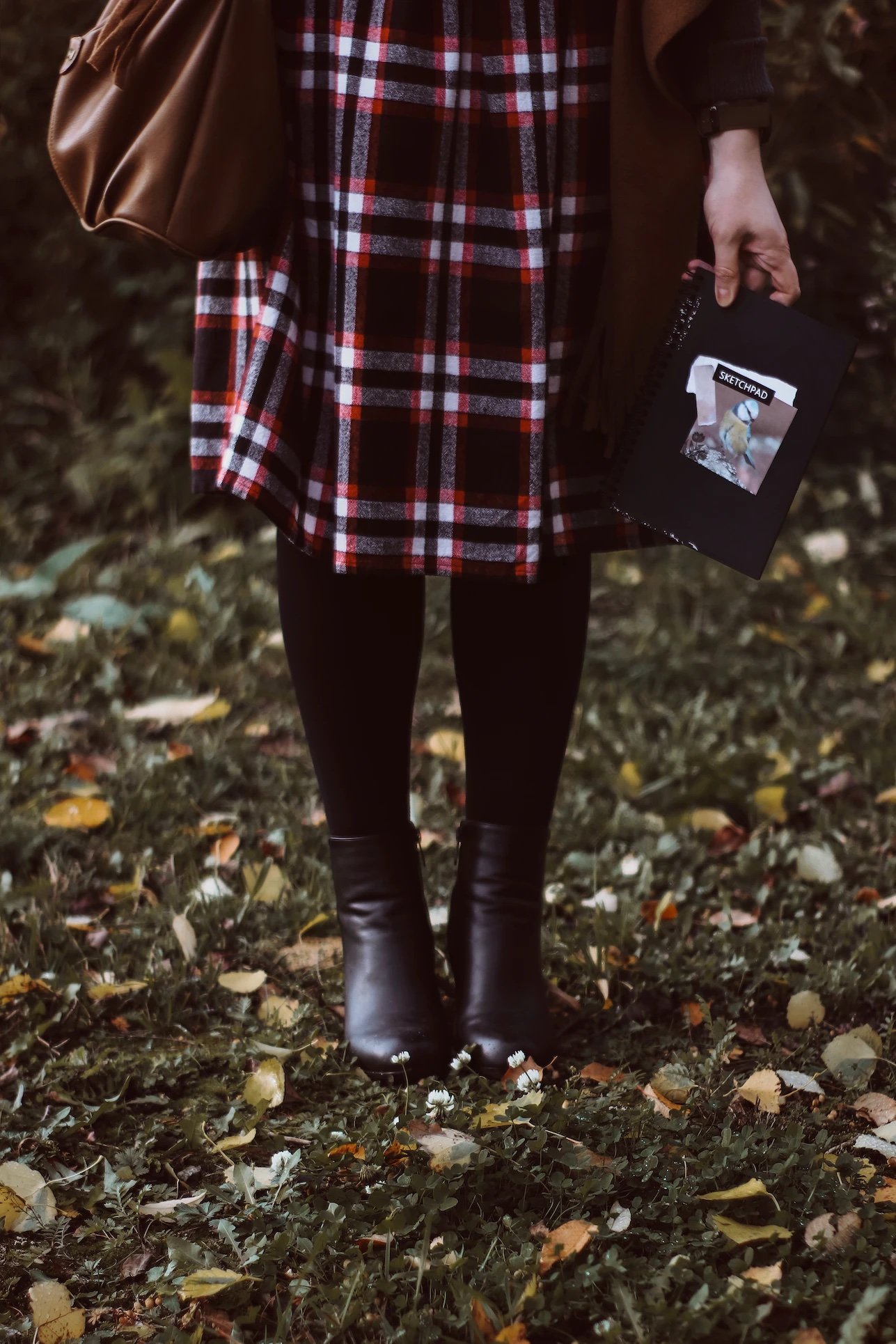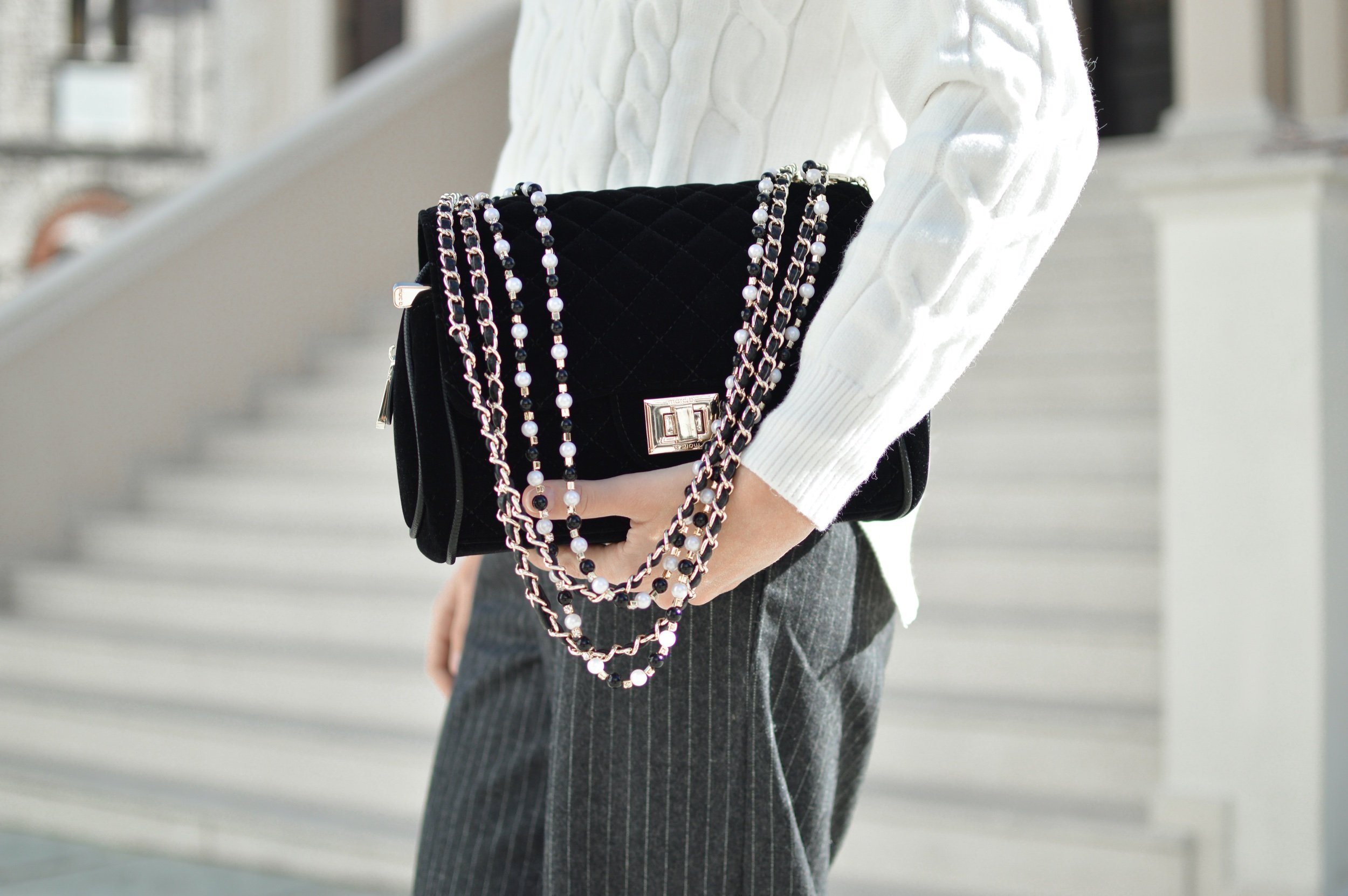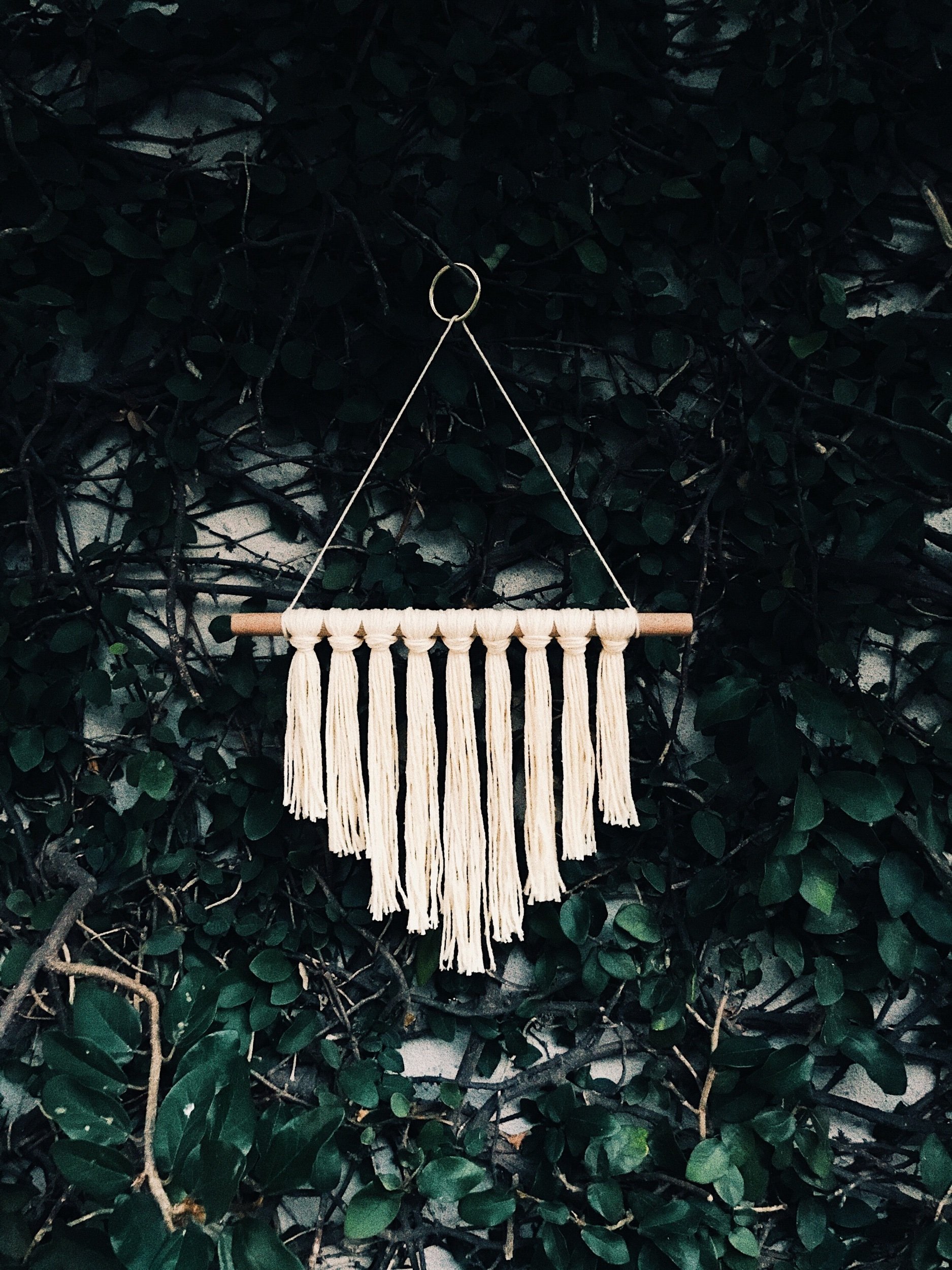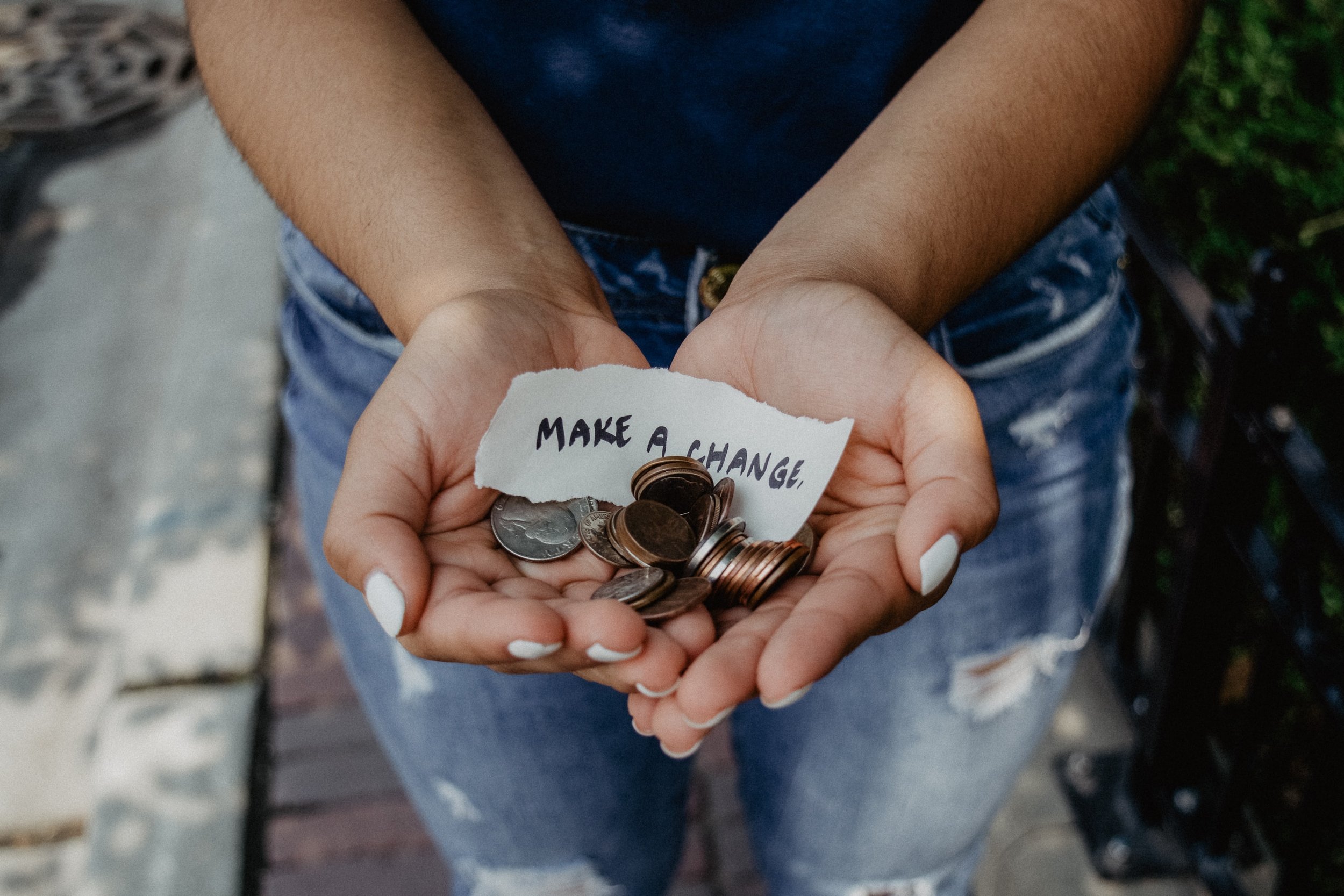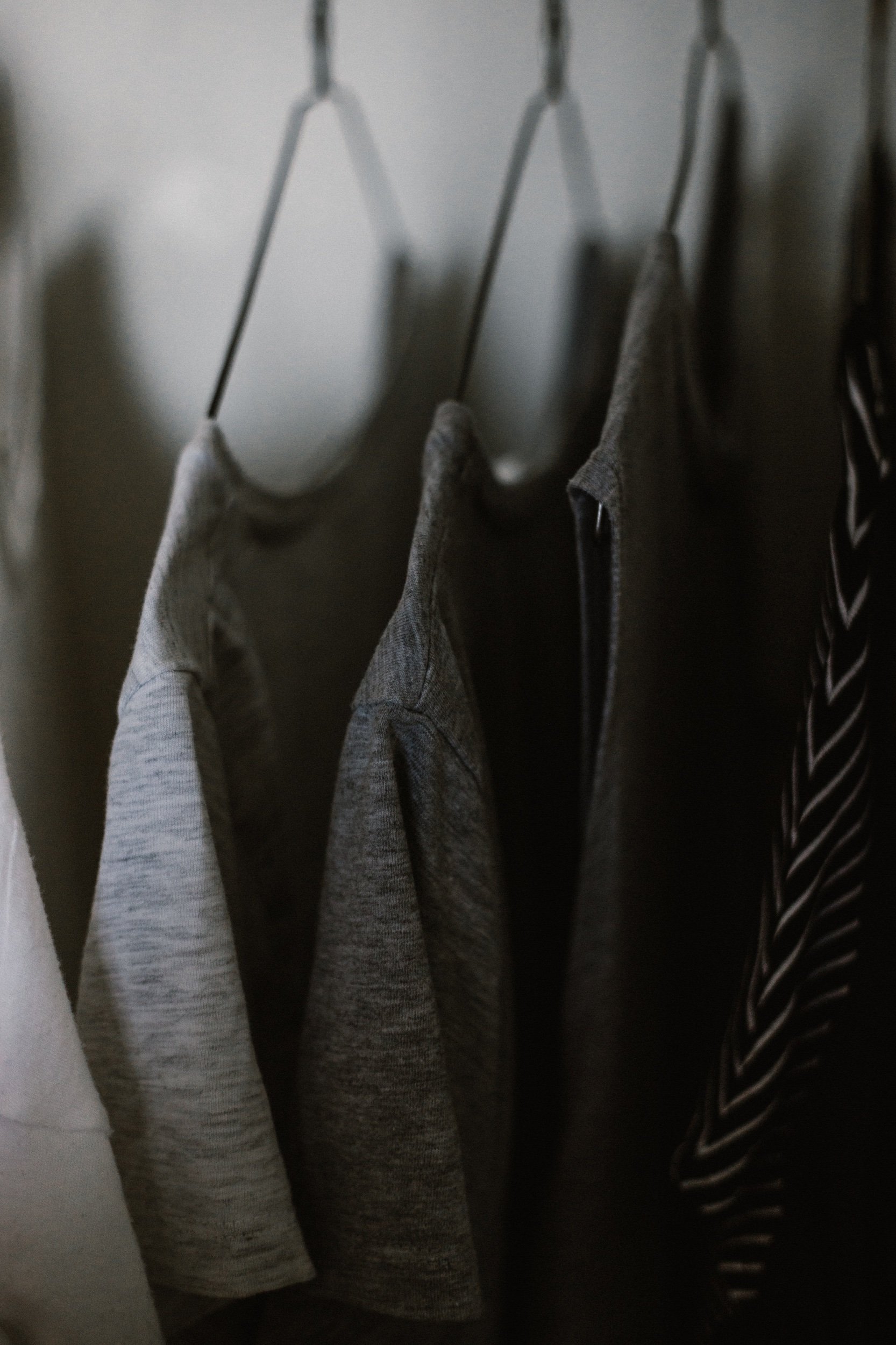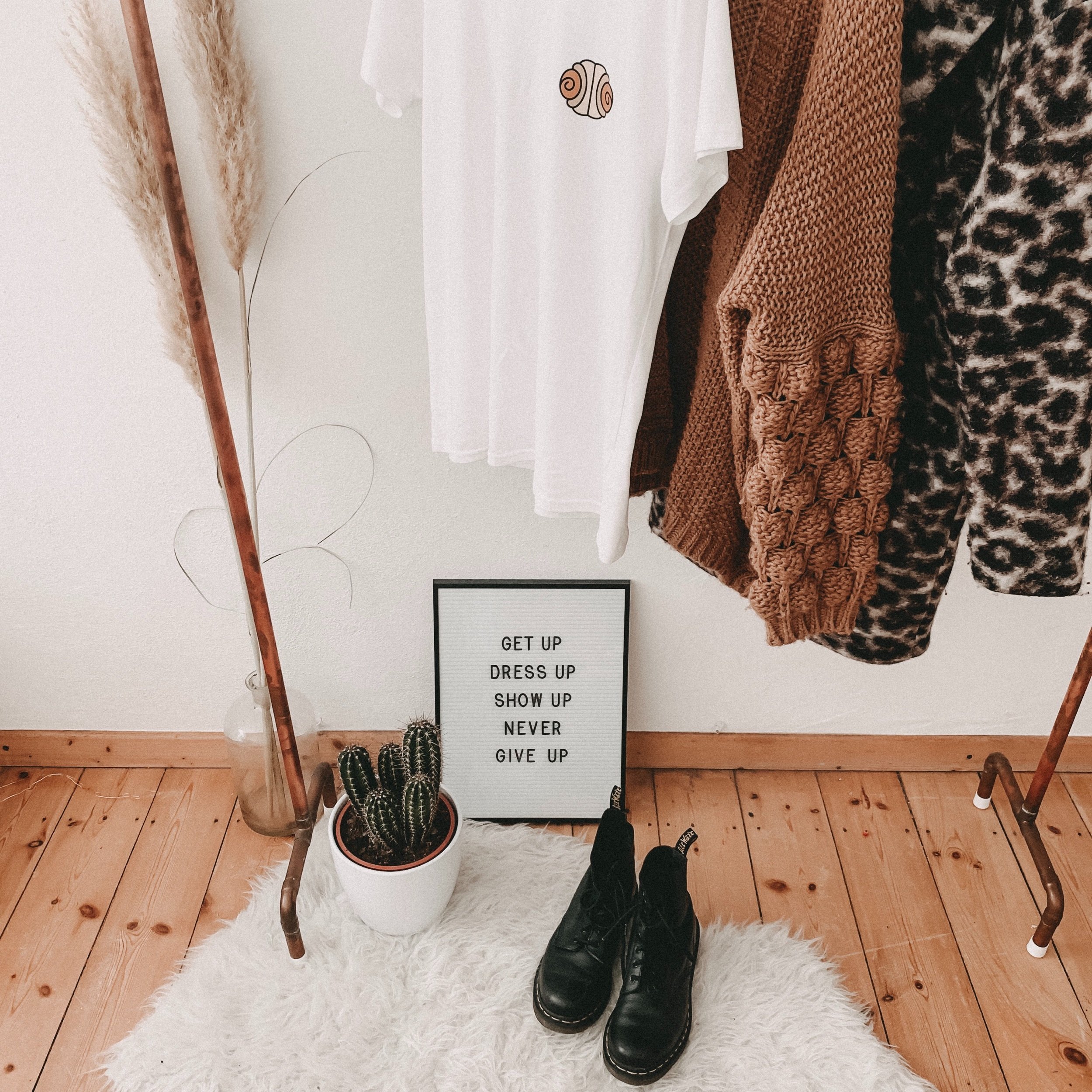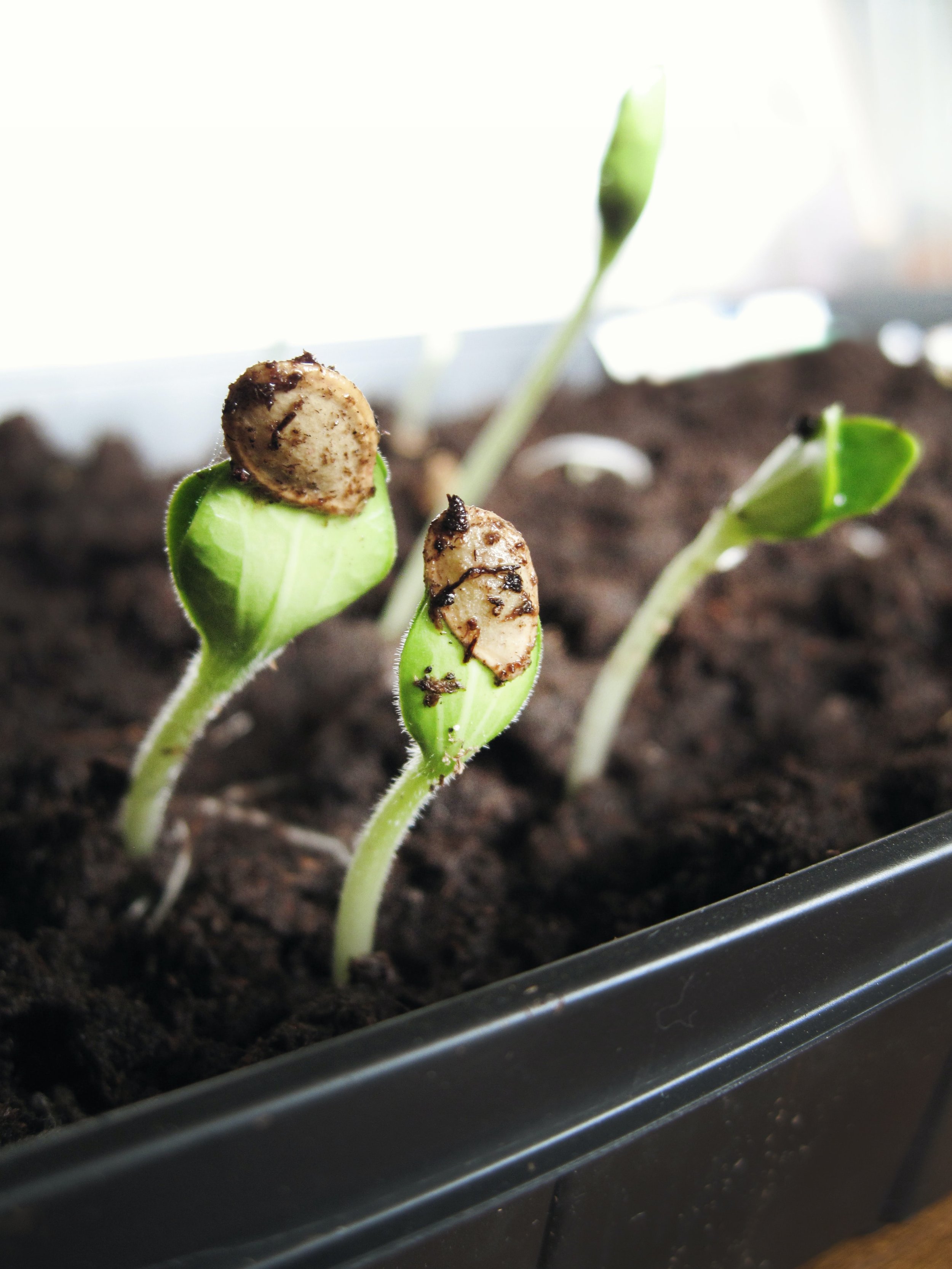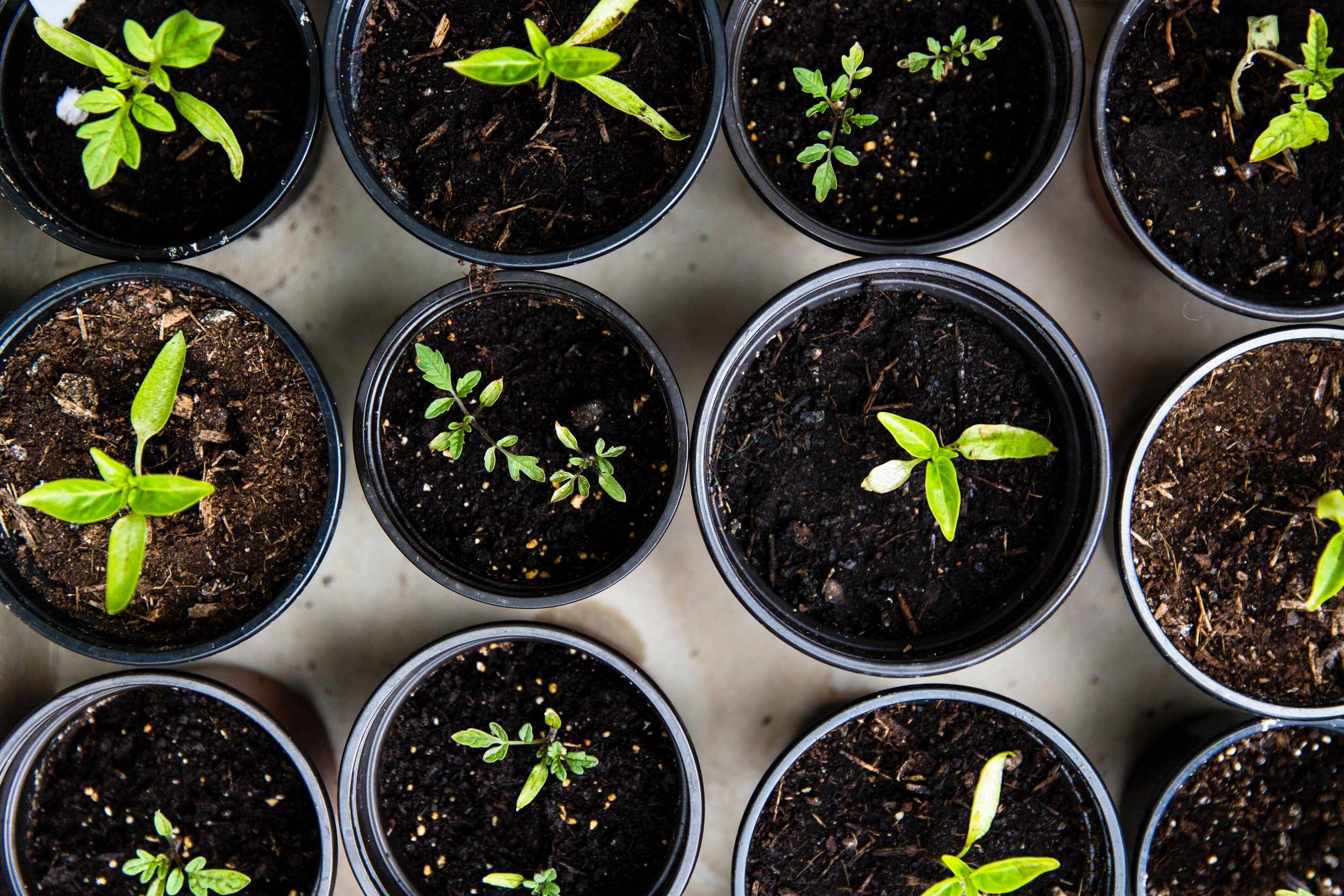April is Stress Awareness Month, a time to raise awareness about the impact of stress on our lives and to promote strategies for coping with stress. In this blog post, we will discuss the importance of stress awareness and provide some helpful tips for managing stress.
The Importance of Stress Awareness Month
Stress is a common experience for many people, and its impact can be significant. Stress can lead to physical and mental health problems, as well as difficulties in our personal and professional lives. Stress Awareness Month is an opportunity to educate people about the effects of stress and to provide resources for coping with stress.
Tips for Managing Stress
Here are some helpful tips for managing stress:
Practice relaxation techniques: Deep breathing exercises, meditation, and yoga can help you relax and reduce stress.
Exercise regularly: Exercise is a great way to reduce stress and improve your overall health. Aim for at least 30 minutes of exercise each day.
Get enough sleep: Getting enough sleep is important for both physical and mental health. Aim for 7-8 hours of sleep each night.
Manage your time: Learning how to manage your time effectively can help reduce stress. Make a to-do list and prioritise tasks.
Connect with others: Social support can help you cope with stress. Reach out to friends or family members for support.
Seek professional help: If you are feeling overwhelmed, consider seeking the help of a mental health professional.
By utilising these tips, you can raise awareness about stress and connect with others who are interested in managing stress in their lives. Remember to prioritise self-care and seek help when needed to maintain your mental and physical health.





















